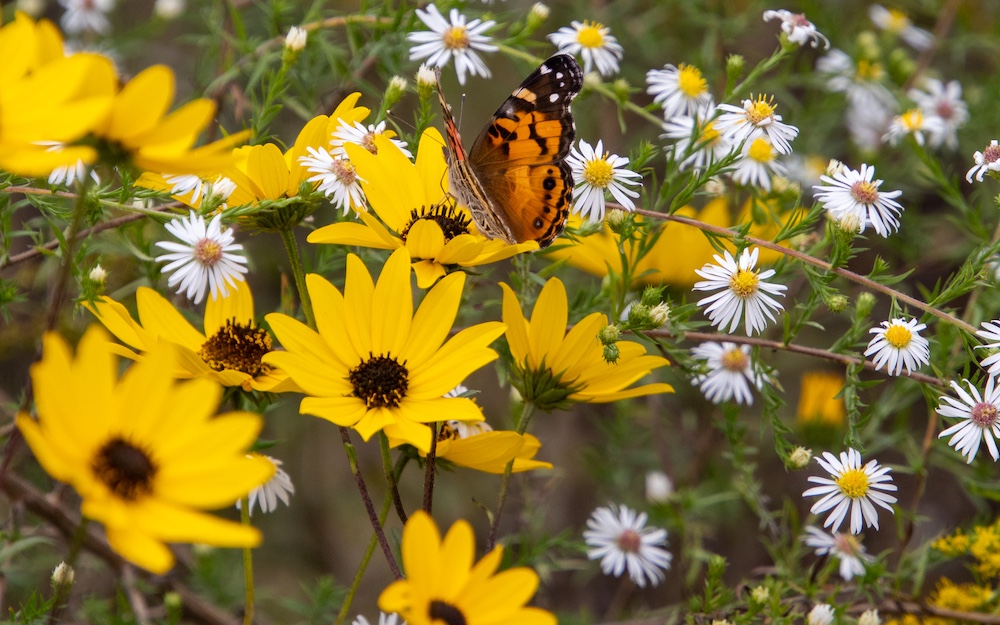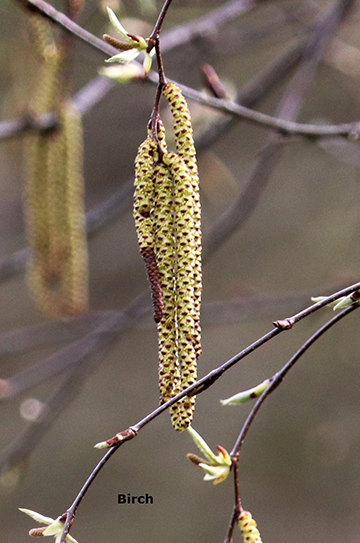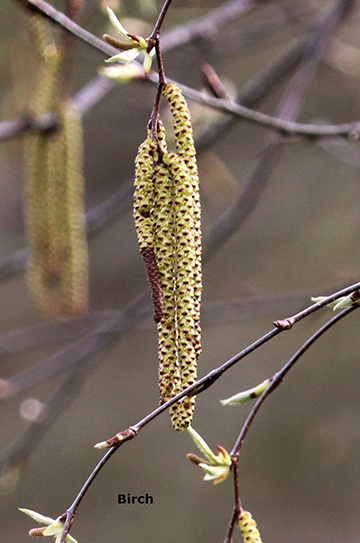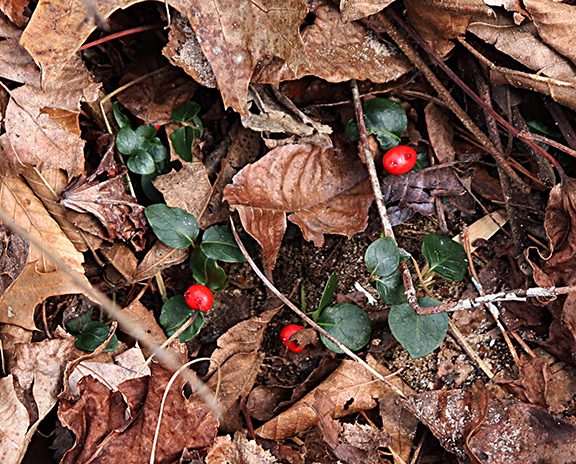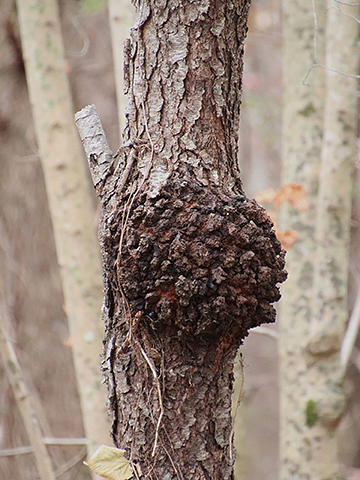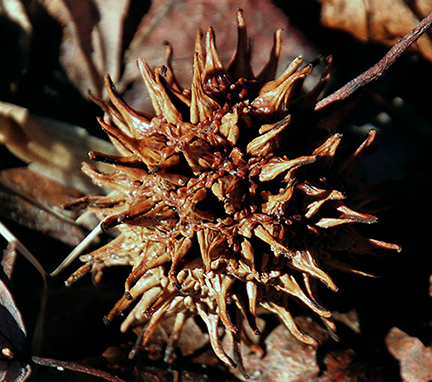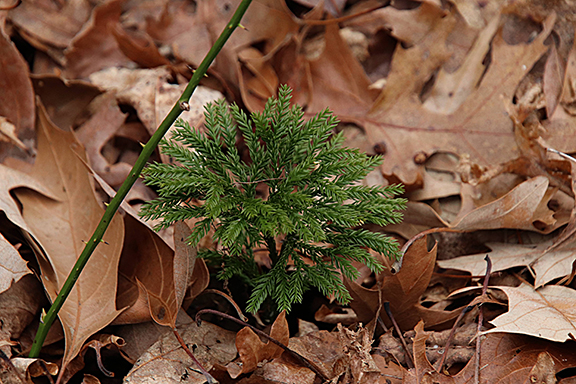Prepare for spring in the garden! Adkins Arboretum, offering the Chesapeake gardener the best selection of landscape-ready native plants, announces its 30th Annual Spring Native Plant Sale. All proceeds benefit the Arboretum’s rich variety of education programs that teach about the Delmarva’s native plants and their connection to a healthy Chesapeake Bay.
To ensure the best quality plants, sales will be conducted entirely online. Orders will be accepted through Thurs., March 27 at adkinsarboretum.org and will be fulfilled via timed, scheduled pickup in late April and early May.
New this year, there are two pickup locations to choose from: Adkins Arboretum and Delmarva Native Plants in Georgetown, Delaware. This partnership allows those in Delaware or east of the Arboretum to pick up their plants at Delmarva Native Plants’ future retail location. Upon completing your online order, you will receive a confirmation email with a link to schedule your pickup date, time and location.
Plants for sale include a large variety of native perennials, ferns, vines, grasses and flowering trees and shrubs for spring planting. Native flowers and trees provide food and habitat for wildlife and make colorful additions to home landscapes, whether in a perennial border, a woodland garden or a restoration project. Native honeysuckle entices hummingbirds, while tall spikes of purplish flowers grace blue wild indigo. Milkweed provides critical energy for monarch butterflies on their winter migration to Mexico, and native azaleas present a veritable rainbow of colorful blooms.
For information about special orders, special pickups, help with plant choices for restoration projects or pricing for nonprofits or commercial contracts, contact Leslie Cario at nativeplants@adkinsarboretum.
As always, Arboretum members receive a generous discount on plants that varies according to membership level. To join, renew your membership or give an Arboretum membership as a gift, visit adkinsarboretum.org or contact Kellen McCluskey at [email protected]
For more information on plants, purchasing or pickup procedures, visit adkinsarboretum.org, send email to nativeplants@adkinsarboretum.
